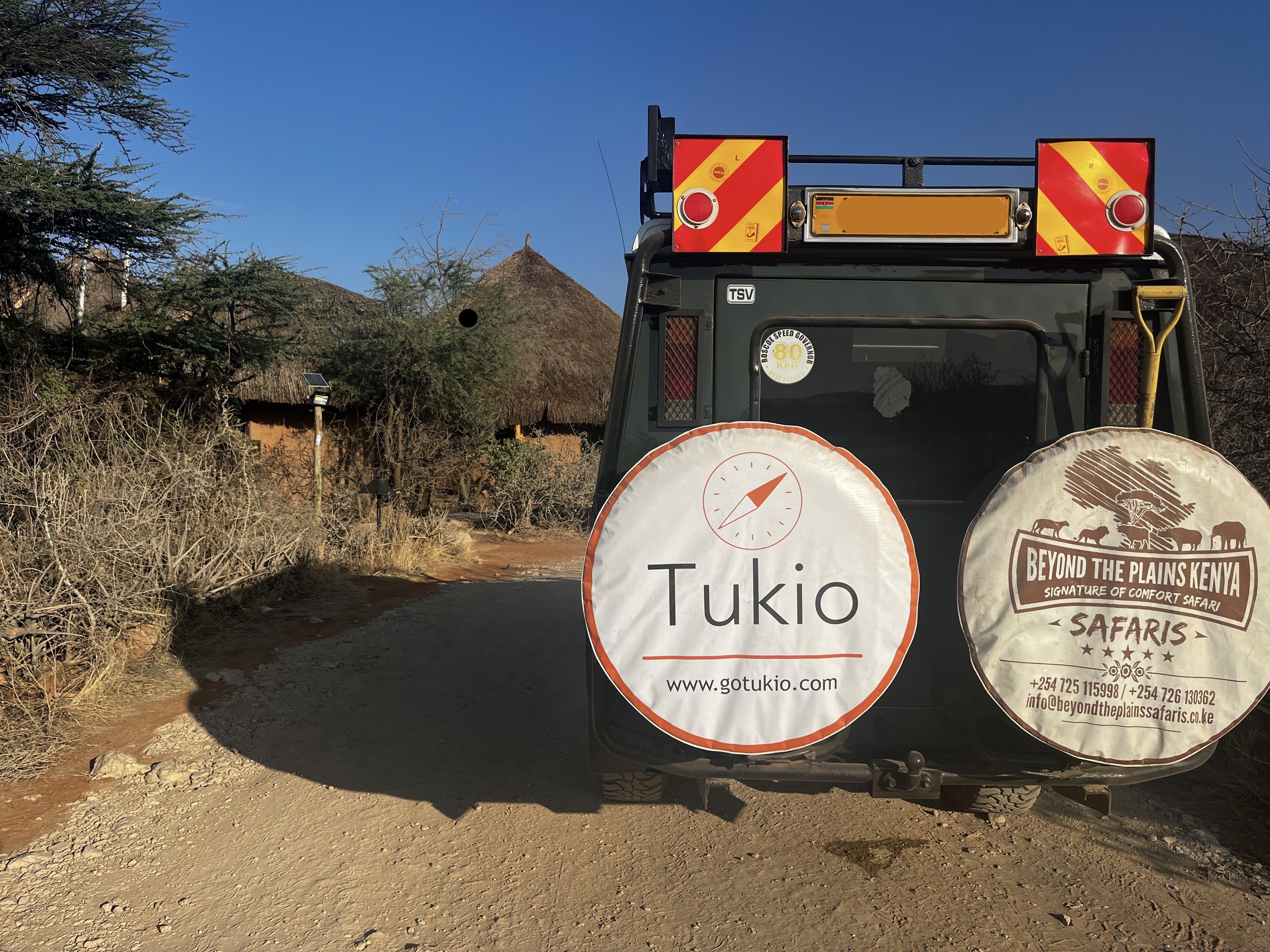Gorilla trekking is one of the most extraordinary wildlife experiences in the world. The chance to walk through misty rainforests, track a family of mountain gorillas, and stand face-to-face with these magnificent creatures in their natural habitat is nothing short of breathtaking. Whether you're a seasoned traveler or a first-time adventurer, this guide will prepare you for an unforgettable journey into the wild.
Where to Go Gorilla Trekking
How to Choose the Best Gorilla Trekking Destination
Choosing the right gorilla trekking destination depends on several factors, including budget, difficulty level, and overall experience. Here are key points to consider:
Budget: Rwanda’s permits are the most expensive at $1,500, while Uganda offers a more affordable option at $700, and the DRC is the most budget-friendly at $400.
Trekking Difficulty: Bwindi has steeper and more rugged terrain, while Rwanda’s Volcanoes National Park is easier to navigate.
Gorilla Groups: Uganda’s Bwindi has the highest number of habituated gorilla families, offering more trekking options.
Scenic Beauty: If breathtaking volcanic scenery is a priority, Rwanda and the DRC offer stunning landscapes.
Crowd Levels: Mgahinga in Uganda and Virunga in the DRC have fewer visitors, making for a quieter, more intimate trekking experience.
Choosing the right gorilla trekking destination is a crucial step in planning your adventure. Consider factors such as budget, trekking difficulty, scenic beauty, and crowd levels. If you're looking for an easier hike, Rwanda’s Volcanoes National Park might be ideal, while Uganda’s Bwindi Impenetrable Forest offers a more rugged and challenging terrain. For those seeking a quieter, more exclusive experience, Mgahinga Gorilla National Park or the Virunga National Park in the DRC are excellent choices. Booking your permits well in advance is essential, as gorilla trekking is a highly sought-after experience.
Gorillas are found in only a few remote locations in Africa. The top destinations for gorilla trekking safaris include:
Bwindi Impenetrable National Park, Uganda – Home to almost half of the world's remaining mountain gorillas, Bwindi offers multiple trekking trails and breathtaking scenery.
Volcanoes National Park, Rwanda – This park is famous for its easy accessibility, stunning volcanic landscapes, and well-organized gorilla trekking tours.
Mgahinga Gorilla National Park, Uganda – A smaller park with fewer visitors, ideal for those looking for a more intimate encounter with gorillas.
Virunga National Park, Democratic Republic of the Congo – The oldest national park in Africa, known for its gorillas and active volcanoes.
Each of these parks requires a permit for trekking, with prices ranging from $400 in the DRC to $1,500 in Rwanda. Booking in advance is essential, as permits sell out quickly.
What to Expect on a Gorilla Trek
Gorilla trekking is an adventure that requires physical endurance, patience, and a love for nature. Expect to hike for anywhere from 30 minutes to six hours through dense forest, crossing rivers, and climbing steep hills before reaching a gorilla family. Once you find them, you’ll have one magical hour to observe their behaviors, take photos, and marvel at their human-like expressions.
Gorillas live in family groups, led by a dominant silverback, who protects the troop and ensures harmony. Watching baby gorillas play, mothers nurse their young, and juveniles interact is a heartwarming and surreal experience.
Is Gorilla Trekking Safe?
Yes! Gorilla trekking is incredibly safe when done with experienced guides. The gorillas you’ll encounter are habituated, meaning they are accustomed to human presence and do not pose a threat. However, following your guide’s instructions is crucial: maintain a 7-meter distance, avoid direct eye contact, and never make sudden movements.
What to Wear for Gorilla Trekking
Dressing appropriately is key to a comfortable and enjoyable trek. Here’s what you need:
Long-sleeved shirt and pants – Protects against insect bites and thorny vegetation.
Waterproof hiking boots – Trails can be muddy and slippery.
Gardening gloves – Useful for gripping branches and avoiding scratches.
Rain jacket and layers – Rain is common in tropical forests.
Gaiters – Prevents mud and insects from getting into your boots.
How Difficult is Gorilla Trekking?
Gorilla trekking can be moderate to difficult, depending on the location of the gorillas that day. Some hikes involve steep climbs and thick vegetation, while others are relatively short. Fitness levels vary among trekkers, but porters are available to assist with carrying bags if needed.
How Many Gorillas Are Left in the World?
There are approximately 1,063 mountain gorillas left in the wild, making them one of the most endangered species on Earth. Conservation efforts, including controlled tourism, have helped their population recover, but they remain vulnerable due to habitat loss and poaching.
Where Do Gorillas Come From?
Gorillas are native to the forests of Central and East Africa, primarily in Uganda, Rwanda, and the Democratic Republic of the Congo. What makes them so fascinating is their striking resemblance to humans: not just in appearance, but in their complex social structures, emotions, and behaviors. Studies reveal that gorillas share 98.3% of their DNA with humans, making them one of our closest relatives in the animal kingdom. They express joy, sadness, grief, and even laughter, just like us. Watching a silverback gently groom a family member, or witnessing a mother cradling her baby with tender affection, is a breathtaking experience that reminds us how deeply connected we are to these incredible creatures. They are herbivores, feeding on leaves, stems, fruit, and bamboo shoots, and their intelligence is evident in their ability to use tools, solve problems, and communicate through a sophisticated mix of vocalizations, gestures, and facial expressions.
Why is Gorilla Trekking Worth It
Few wildlife encounters compare to locking eyes with a gorilla in the wild. Their intelligent gaze, gentle nature, and family bonds make the experience deeply emotional and unforgettable. Gorilla trekking isn’t just about adventure, it’s about conservation, connection, and appreciation for one of the planet’s most magnificent species.






